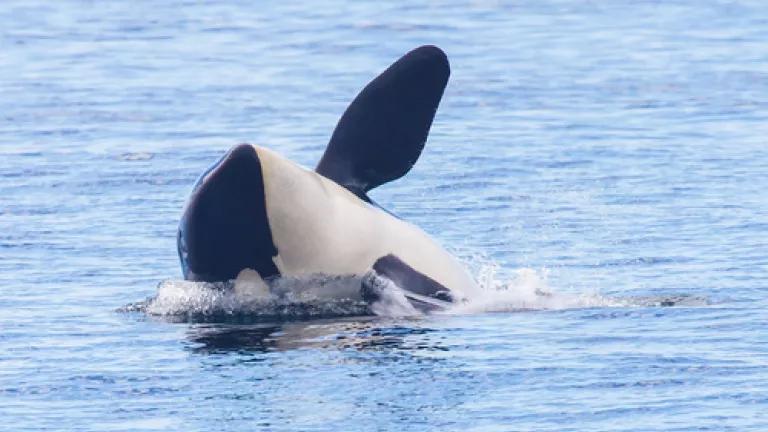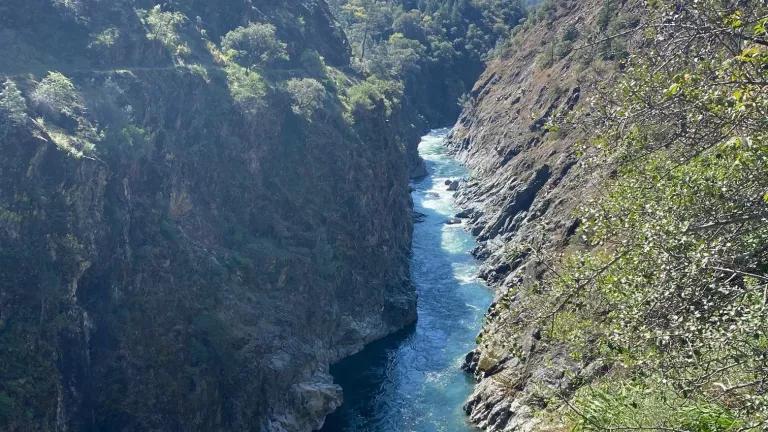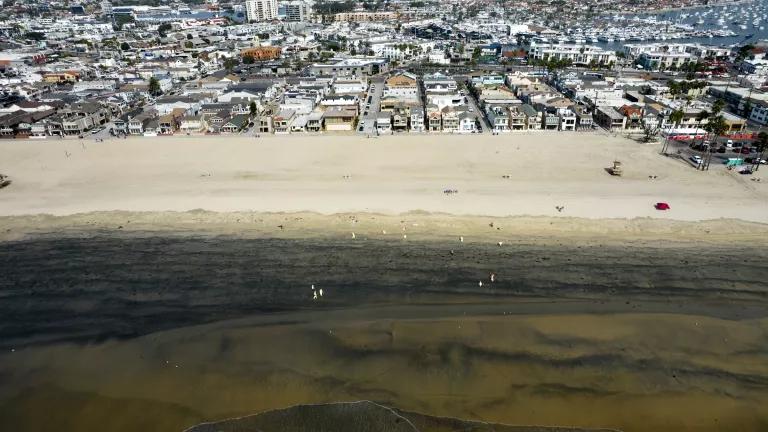California Leads the Way in Fighting the Biodiversity Crisis
California once again has an opportunity to lead the country with visionary conservation efforts that put equity and access at the forefront of decision making.

Little Sur River, Monterey County, California
© Brenton Spies Photography Gazos Creek State Beach, San Mateo County, CA
In 2020, Governor Newsom committed to a bold goal of protecting 30 percent of California’s ocean, inland waters, and lands by 2030 to stem the twin biodiversity and climate crises. After much anticipation, the state released a draft plan to get us there—the Pathways to 30x30 California report. The document will set the standard for the 30x30 initiative for California. Its reach will extend to the United States because California is the first U.S. jurisdiction to show what 30x30 implementation looks like. There are encouraging elements of the draft report and areas that must be strengthened if California is to realize the ambition of 30x30. Here are five high-level takeaways on what the report says about oceans, lands, freshwater, stakeholder engagement, and finally, our recommendations to ensure the state can deliver on the promise of 30x30.
1. Oceans
The Pathways report establishes that 16 percent of ocean and coastal waters already qualify as “conserved” under the Governor’s 30x30 vision. This baseline consists of California’s Marine Protected Area (MPA) network—the state’s 124 MPAs. This means the state will need to identify an additional 14 percent, or 500 thousand acres, of ocean to meet the goal over the next nine years. In establishing a baseline of what is currently “conserved,” the Pathways draft does not articulate a scientific framework—or suite of criteria—to guide decision making. To move forward in a systematic manner, the state should establish a science-based framework to evaluate existing and proposed conservation actions under consideration for 30x30.
To identify these prospective protections, the state will form a working group of government officials, California Native Tribes, experts, and fishers. Yet the state omits other key ocean stakeholders that form the backbone of California’s $26.5 billion-dollar ocean economy. To advance the clearly stated equity goals in the Governor’s 30x30 vision, the state must also consider the millions of ocean stakeholders who are not fishers.
2. Lands
California’s journey to 30x30 gets off in the right direction by linking the protection of biodiversity with the importance of fighting climate change and increasing access to nature for all. The draft identifies a full suite of strategies for land conservation aimed at doing all three -- from strategic land acquisition to increased conservation on public lands to restoration of degraded ecosystems. The role of Tribal nations is featured prominently, and the report specifically calls out “support[ing] the return and ownership of ancestral lands to California Native American tribes.” To move this good start forward, more detail is needed on funding, accountability and timelines, as detailed below.
3. Freshwater
The draft Pathways report recognizes both the significant loss of California’s freshwater resources over the years, as well as the importance of reviving these critical ecosystems. It acknowledges that California currently retains less than 10% of its historic wetlands and a mere fraction of its once-thriving riparian forests. It recognizes the destructive part played by excessive water diversions, pollution and invasive species in disrupting our ecosystems. And it states the critical importance of restoring these freshwater ecosystems if we are going to successfully tackle the climate and biodiversity crises. These important building blocks must be expanded upon in the months and years ahead to ensure that the protection and restoration of freshwater ecosystems in California is pursued with clear intent, and not as an after-thought to land preservation efforts.
4. Stakeholder Engagement
The state’s outreach to a diverse array of stakeholder groups and Tribal nations provides a good model for how other states and the federal government could approach stakeholder engagement on 30x30. California held nine regional workshops and five statewide topical workshops in 2021 to gather input for the draft report. The state also initiated early formal government to government consultations with California Native American tribes. The state should articulate a process for incorporating stakeholder feedback and input from Tribes as it begins to implement 30x30. Going forward, continued engagement with Tribal nations and frontline communities will be essential to developing an inclusive, equitable plan for realizing the vision of 30x30 in California.
5. Next steps: Accountability
The draft acknowledges the magnitude of the biodiversity and climate crises. To truly act on these interrelated crises, the final report must provide specifics on how California agencies, 30x30 stakeholders, and Tribes can meet the goals of 30x30. California will need to define agency roles including how state agencies will work with federal agencies, with other state agencies and with municipalities. The final report must also identify implementation actions with specific timelines and metrics, and accountability mechanisms.
Further, it will be critical to ensure that there is dedicated funding to support successful implementation. NRDC and our partners will be working on the California legislative budget process to support a robust and equitable 30x30 implementation. There are many state funding sources that could play a significant role in bringing this vision to life including grant programs at the Wildlife Conservation Board and the Coastal Conservancy for example, and existing federal funding such as the Land and Water Conservation Fund and Great American Outdoors Act that can be leveraged for greater conservation outcomes. The state’s final report should include specific plans for how to access relevant funding at all levels of government.
We have a lot of work to do, and now we have an initial roadmap to get underway. Those of us who depend on a healthy environment (that's all of us!) should first work to shape California’s final Pathways to 30x30 report. Members of the public have until January 28, 2022 to provide comments. California once again has an opportunity to lead the country with visionary conservation efforts that put equity and access at the forefront of decision making.




